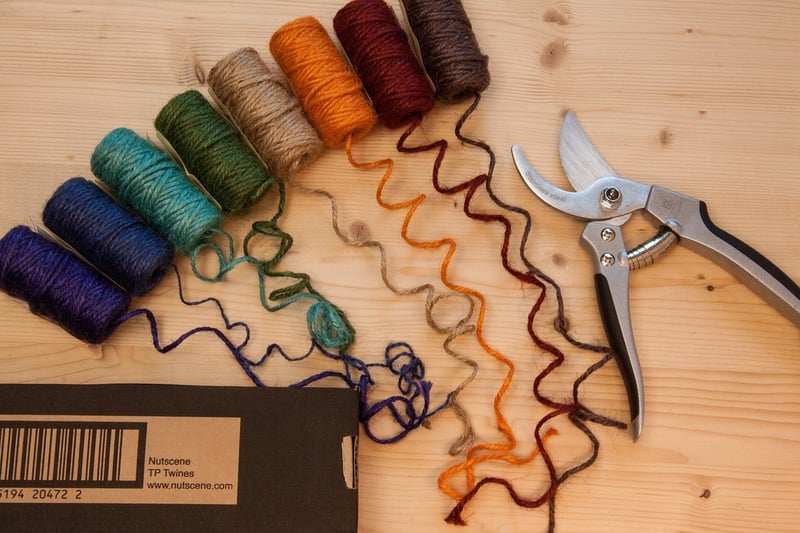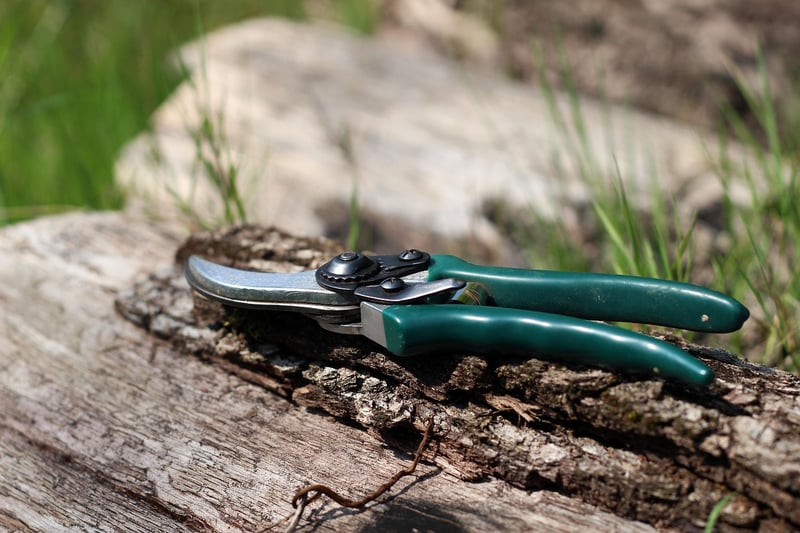Pruning Techniques
#Watering
#Trimming
#Pests
Tips for Plant Care and Pruning Techniques
Introduction
Proper plant care and pruning are essential for maintaining the health and beauty of your plants. Whether you are a beginner or experienced gardener, these tips will help you keep your plants thriving.
Plant Care Tips
- Watering: Ensure your plants receive the right amount of water. Overwatering can lead to root rot, while underwatering can cause wilting.
- Sunlight: Place your plants in locations where they can receive adequate sunlight based on their specific light requirements.
- Fertilizing: Use a balanced fertilizer to provide essential nutrients for healthy growth. Follow the instructions on the fertilizer package for best results.
- Monitoring: Keep an eye out for any signs of pests, diseases, or nutrient deficiencies. Early detection can prevent problems from escalating.
- Repotting: When your plants outgrow their current containers, consider repotting them into larger pots with fresh soil.
Pruning Techniques
Pruning is a vital aspect of plant care that helps maintain shape, promote growth, and remove damaged parts. Here are some pruning techniques to follow:
- Deadheading: Remove dead flowers to encourage new growth and prolong blooming.
- Thinning: Remove overcrowded or weak branches to improve air circulation and light penetration.
- Heading Back: Cut back long stems to promote branching and create a bushier plant.
- Crown Pruning: Remove upper branches to maintain a central leader and encourage upward growth.
- Rejuvenation Pruning: Cut back overgrown plants to stimulate new growth and rejuvenate the plant.
Conclusion
By following these plant care tips and pruning techniques, you can ensure that your plants remain healthy, vibrant, and visually appealing. Remember to tailor your care routine to the specific needs of each plant species for optimal results.

 Learn more about pruning techniques
Learn more about pruning techniques
